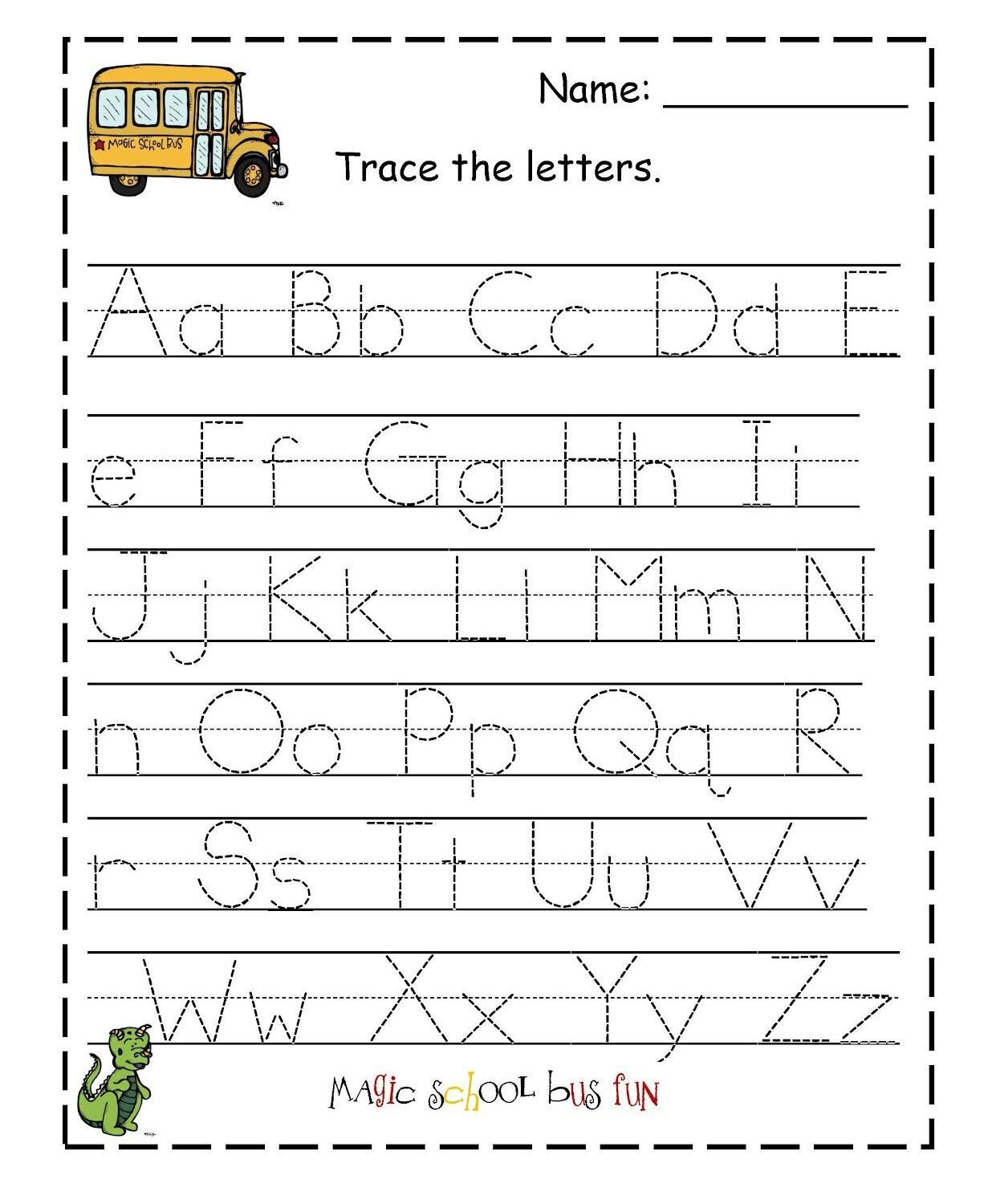Create Printables Name Tracing – Name tracing is an initial exercise that helps children develop their handwriting abilities. It involves the child tracing the letters of their name over the lines of dotted lines. This is a fun and easy way to teach children how to spell their name and create letters.
Name tracer is important?
Name tracing plays an important aspect in the child’s development. In addition to introducing children to their names, it also enhances hand-eye coordination, improves motor skills, and encourages self-identity recognition. The base of learning how to write more difficult tasks is laid down by name and tracing.
Name Tracing: The Science behind It
Name Tracing and Cognitive Development
The name tracing exercises are not just to have amusement. They have an impact on the development of a young child’s brain. When they trace their names, children learn to identify letters and comprehend their order. This recognition is a critical step in developing the skills of early literacy.
Handwriting Skills and Name Tracing
Name tracing is vital to developing handwriting skills. By repeatedly tracing the letters of their name, children can learn how to control and coordinate their movements. They build muscle memory, which is essential for them to write without assistance.
How do you implement Name Tracing Effectively
Making the Right Choices with the Right Materials
The right tools are crucial for beginning to draw the name of a child. Utilize the paper for tracing, an eraseboard to practice on that is reusable with markers and crayons that are suitable for little hands, as well as a template showing the child’s initials.
The Introduction to the Activity
To introduce the name-tracing exercise Introduce your child to their name. Highlight each letter. Then, you can show them how to trace over the letters. Encourage them and remind them that it’s fine to fail at first.
Practical Tips
Name tracing is an enjoyable activity. Utilize glitter pens and other colors to make it more interesting. You can create a positive environment by praising your child’s work instead of the end result.
The industry of name-tracing has made significant progress.
Digital Name Tracing
Name tracing has become a digital activity. Children can trace their names using apps or online platforms for smartphones and tablets. This allows for a more modern and interactive method for tracing names.
Name Tracing Apps
Several apps, including “Name Trace,” Writing Wizard” and “Tracing ABC,” can be helpful for name trace. These apps can be customized to provide name-tracing exercises which are both educational and entertaining.
Conclusion
Recap and Final Thoughts
Name-tracing is an important step on the path of a child’s education. This simple activity lays the foundations for literacy, handwriting, and cognitive growth. It helps children identify the letters, understand their order and correctly spell their name. Name tracer can be fun for children by creating a fun and engaging environment by using technology.
FAQs
- Q. What is the meaning of the tracing procedure?
- Children can learn to write their name by tracing across dotted lines. The letters are written in dots. It helps children learn to write their names.
- What is the reason it’s so important to trace names?
- A The process of tracing names is crucial for children to develop their motor skills, hand-eye coordination, as well as their self-identity. It also provides the basis for more advanced writing.
- Q. How can I introduce name tracing to my child?
- Start by pointing each letter and demonstrating to the child your name. Next, show how to trace the letters. Let them try it themselves, reminding them that it’s okay when they don’t do it correct the first time.
- Q Are there any digital resources for name tracing?
- There are a variety of apps and platforms online which offer exercises in name-tracing. These digital tools can be fun and interactive for kids.
- What are some practical suggestions for name tracing.
- A: Make name-tracing an exciting game. To keep it interesting, use different colors or glitter pen. To foster a culture of positive learning, it is important to also praise your child’s efforts instead of their work.






